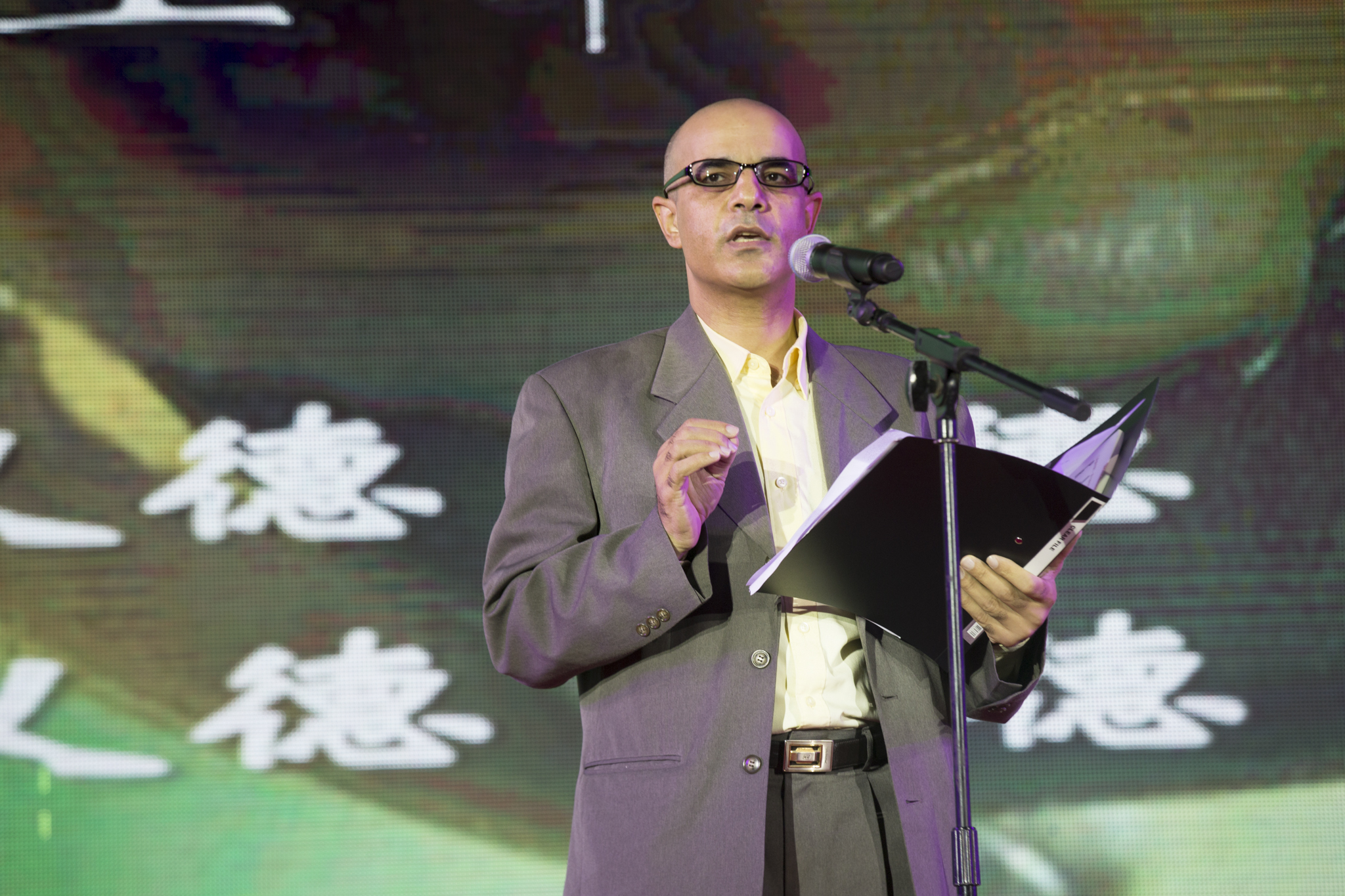Egyptian writer recounts Tiananmen Square protests of 1989
By Kate Kim
On an early summer morning in Beijing, a mother carried the frail, wounded body of her nine-year-old son to the front of a university campus, desperate for help. Blood oozed out from several gunshot wounds in the boy’s back, staining his white shirt red. The mother kept fanning his body, trying to keep him alive and not knowing he was already beyond help. Sayed Gouda, an exchange student from Egypt, took out his camera and captured this heart-breaking moment.
The boy was the one of the victims of the crackdown on the Tiananmen pro-democracy protests in 1989. At around midnight on June 4, People’s Liberation Army troops equipped with assault rifles and tanks marched into Tiananmen Square, the heart of the protest, and cleared the protest site by force. During the course of the clearance, the army fired shots at unarmed protesters and the Beijing residents who tried to help them, causing heavy casualties.
Today, the Egyptian exchange student from 26 years ago is a published poet and novelist, proficient in Arabic, English and Chinese. He taught at the City University of Hong Kong and participated in many international poetry festivals and academic conferences around the world. Recently, he published a novel called Closed Gate in remembrance of Tiananmen.
Back in Egypt, Gouda majored in Chinese as he was drawn to the seemingly mysterious Chinese characters and Chinese language. With outstanding results, the 20-year-old Gouda received a scholarship to study for one year in the Beijing Languages Institute (now called the Beijing Language and Culture University) from 1988 to 1989, a time when foreigners were a rarity in China. He never imagined he would witness the course of the historic Tiananmen Square protests and the brutal crackdown on June 4, 1989.
In April 1989, when the protest first broke out, Gouda thought it appeared to be nothing more than an ordinary demonstration. “Everything was very peaceful and joyful. Everybody was happy to participate,” he says. As the movement progressed, hundreds and thousands of students from all over the country flooded to Beijing to support the movement.







































